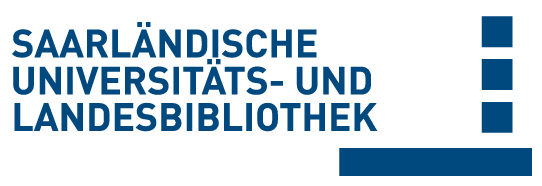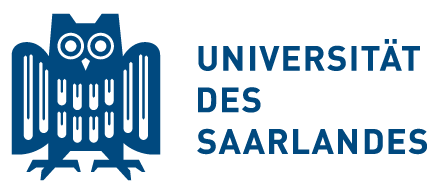Please use this identifier to cite or link to this item:
doi:10.22028/D291-27302 | Title: | Quantifying and mitigating privacy risks in biomedical data |
| Author(s): | Berrang, Pascal |
| Language: | English |
| Year of Publication: | 2017 |
| Place of publication: | Saarbrücken |
| SWD key words: | Computersicherheit Privatsphäre Biomedizin Datenschutz Informatik |
| Free key words: | Privacy Security Cryptography Cryptographic Protocols Bayesian Networks Biomedical Data Differential Privacy Privacy Assessment Genomic Privacy Epigenetic Privacy |
| DDC notations: | 004 Computer science, internet 500 Science 600 Technology 610 Medicine and health |
| Publikation type: | Dissertation |
| Abstract: | Die stetig sinkenden Kosten für molekulares Profiling haben der Biomedizin zahlreiche neue Arten biomedizinischer Daten geliefert und den Durchbruch für eine präzisere und personalisierte Medizin ermöglicht. Die Veröffentlichung dieser inhärent hochsensiblen und miteinander verbundenen Daten stellt jedoch eine neue Bedrohung für unsere Privatsphäre dar. Während die IT-Sicherheitsforschung sich bisher hauptsächlich auf die Auswirkung genetischer Daten auf die Privatsphäre konzentriert hat, wurden die vielfältigen Risiken durch andere Arten biomedizinischer Daten – epigenetischer Daten im Speziellen – größtenteils außer Acht gelassen. Diese Dissertation stellt Verfahren zur Messung und Abwehr solcher Privatsphärerisiken vor. Neben dem Genom konzentrieren wir uns auf zwei der wichtigsten gesundheitsrelevanten epigenetischen Elemente: microRNAs und DNA-Methylierung. Wir quantifizieren die Privatsphäre für die folgenden realistischen Angriffe: (1) Verknüpfung von Profilen über die Zeit, Verknüpfung verschiedener Datentypen und verwandter Personen, (2) Feststellung der Studienteilnahme und (3) Inferenz von Attributen. Unsere Resultate bekräftigen, dass die Privatsphärerisiken solcher Daten ernst genommen werden müssen. Zudem präsentieren und evaluieren wir Lösungen zum Schutz der Privatsphäre. Sie reichen von der Anwendung von Differential Privacy unter Berücksichtigung des Nutzwertes bis zu kryptographischen Protokollen zur sicheren Auswertung eines Random Forests. The decreasing costs of molecular profiling have fueled the biomedical research community with a plethora of new types of biomedical data, allowing for a breakthrough towards a more precise and personalized medicine. However, the release of these intrinsically highly sensitive, interdependent data poses a new severe privacy threat. So far, the security community has mostly focused on privacy risks arising from genomic data. However, the manifold privacy risks stemming from other types of biomedical data – and epigenetic data in particular – have been largely overlooked. In this thesis, we provide means to quantify and protect the privacy of individuals’ biomedical data. Besides the genome, we specifically focus on two of the most important epigenetic elements influencing human health: microRNAs and DNA methylation. We quantify the privacy for multiple realistic attack scenarios, namely, (1) linkability attacks along the temporal dimension, between different types of data, and between related individuals, (2) membership attacks, and (3) inference attacks. Our results underline that the privacy risks inherent to biomedical data have to be taken seriously. Moreover, we present and evaluate solutions to preserve the privacy of individuals. Our mitigation techniques stretch from the differentially private release of epigenetic data, considering its utility, up to cryptographic constructions to securely, and privately evaluate a random forest on a patient’s data. |
| Link to this record: | urn:nbn:de:bsz:291-scidok-ds-273020 hdl:20.500.11880/27145 http://dx.doi.org/10.22028/D291-27302 |
| Advisor: | Backes, Michael |
| Date of oral examination: | 25-Jul-2018 |
| Date of registration: | 13-Aug-2018 |
| Faculty: | MI - Fakultät für Mathematik und Informatik |
| Department: | MI - Informatik |
| Collections: | SciDok - Der Wissenschaftsserver der Universität des Saarlandes |
Files for this record:
| File | Description | Size | Format | |
|---|---|---|---|---|
| thesis_berrang.pdf | 3 MB | Adobe PDF | View/Open |
This item is licensed under a Creative Commons License


